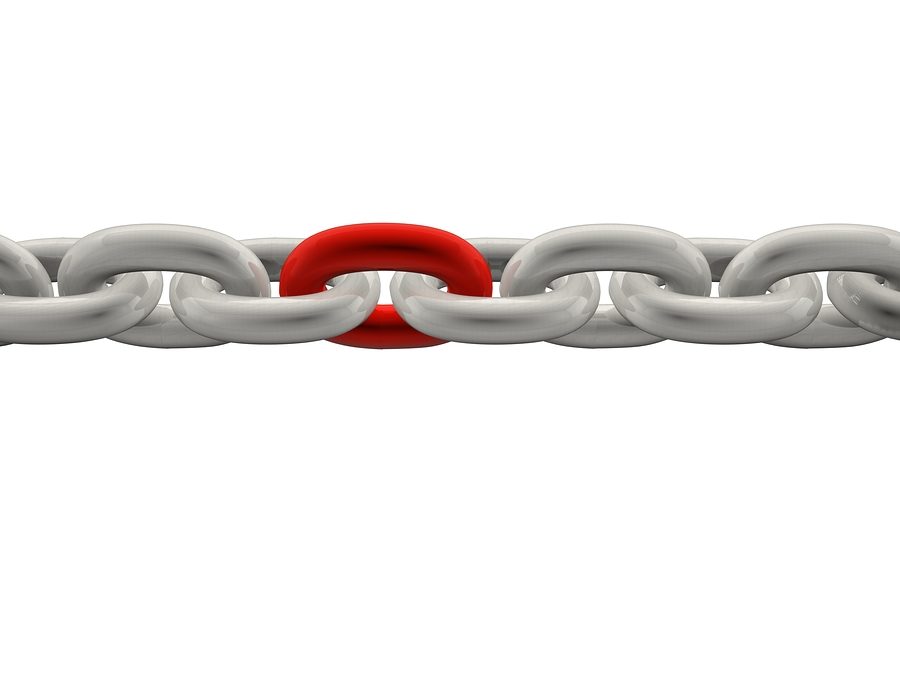It’s often said that “There’s nothing new under the sun,” and that “History repeats itself.” But those common sayings are difficult to reconcile with the rapidly changing landscape of business and technology. If there’s nothing new under the sun, why do we constantly feel like we’re behind on the latest and greatest tech?
For supply chain, specifically, often global operations aren’t prepared for whatever the next phase will be. Many are designed to manage stable, high-volume production by capitalizing on opportunities in low-cost countries such as China. But the future is anything but standard, and the best way to prepare for the future is to lay the groundwork right now.
Know Where You’ve Been
To plan for where you’re going, it’s important to know where you’ve been. A supply chain assessment lays out the current manufacturing and supply chain processes to find waste areas, especially waste areas related to current processes.
You might be tempted to dive in and try to fix everything right away. While your ambition and drive might believe that’s possible, just remember: Trying to leverage advanced supply chain innovations without proper planning, automation, and optimization could result in disaster. Solid foundations are important, even in technology innovations. Let’s look at three initiatives you can put into place right now to lay the groundwork for the future.
- Improve Forecast Accuracy
Forecasts drive your supply chain processes by helping leaders not only decide how much raw material is needed, but also keep tabs on inventory ebb and flow for planning. If you’re struggling with accuracy in that forecast, additional inventory cost could be eating into the profit you were planning to earmark for supply chain innovation investments. Thus, demand planning is critical.
2. Data Cleansing and System Integration
Without access to real-time data, you cannot hope to have accurate forecasting. As we saw above, inaccurate forecasting heads downstream into your profits. Supply chains that rely on manual processes open themselves up to errors that could prove disastrous.
Integrating your ERP with advanced supply chain software cuts out the manual processes, drastically reducing the margin of error. Productivity also improves with access to real-time data. Without the right data and systems, you likely will not be able to forecast with much accuracy.
3. Metrics that Matter
The absolute breadth of data available now is a double-edged sword for businesses: If you aren’t looking at the right metrics, all the reports and graphs in the world won’t help drive your business forward. Instead, report on data and metrics that allow managers to easily find—and fix—critical gaps in the supply chain process. Some key metrics to consider include:
- Turnover rates
- Lead times
- Capacity utilization
- Forecast accuracy
A Foundation for Success With ASI
You can’t get ready for the future of your supply chain strategy if you’re not 100 percent solid on the processes that exist already today. But if you are sure to check off all critical steps between now and then, getting to the future and advanced supply chain solutions is more than doable.
Plus, you don’t have to do it alone. The business solution software experts of Accounting Systems Inc. can put you ahead of the planning curve with the best software the industry has to offer. Contact us now to see how we can customize a software solution to your business’ exact needs and prepare you with a foundation for success.

